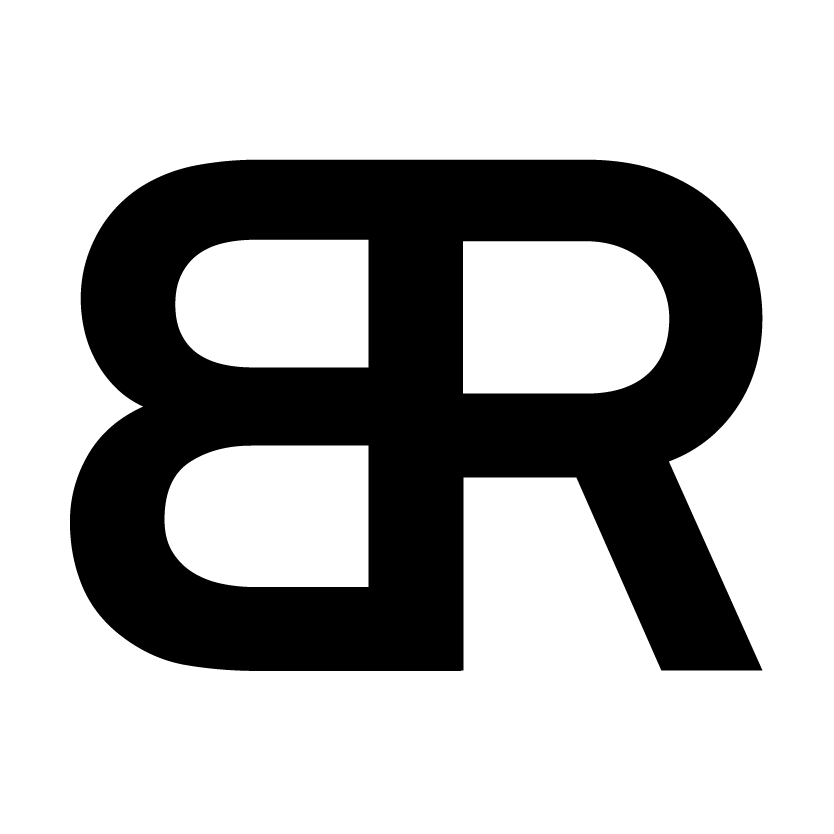Crafting the Perfect Brief for Your Graphic Designer
A well-crafted brief is the cornerstone of a successful collaboration between a client and a graphic designer. It's the roadmap that guides the designer in bringing your vision to life. To ensure that your project gets off to the best start, here are some essential tips for writing the perfect brief.
1. Start with Background Information
Provide context about your company, project, and target audience. What is the purpose of the design? What message do you want to convey? Understanding the background helps the designer grasp the project's scope and align their work with your goals.
2. Define Objectives and Deliverables
Clearly outline your objectives. What do you hope to achieve with this design? Whether it's increasing brand awareness, promoting an event, or launching a new product, be specific about your goals. Also, specify the deliverables you expect from the designer, such as logo variations, social media graphics, or print materials.
3. Describe Your Brand Identity
Detail your brand's personality, values, and aesthetic preferences. Provide information about your brand's color palette, typography, and any existing brand guidelines. This ensures that the design aligns with your brand identity and maintains consistency across all marketing materials.
4. Provide Visual Inspiration
Include examples of designs that inspire you. These could be images, websites, or other graphics that capture the look and feel you're aiming for. Be sure to explain what you like about each example and how you envision it applying to your project. This helps the designer understand your taste and style preferences.
5. Specify Technical Requirements
If you have specific technical requirements, such as file formats, dimensions, or printing specifications, make sure to include them in the brief. This ensures that the final deliverables meet your practical needs and can be used effectively across various platforms.
6. Set a Clear Timeline and Budget
Be transparent about your timeline and budget constraints. Let the designer know when you need the project completed and any milestones or deadlines along the way. Additionally, discuss the budget for the project upfront to avoid misunderstandings later on.
7. Provide Feedback and Revision Process
Outline your expectations for the revision process. How many rounds of revisions are included in the project? What is the process for providing feedback? Clarifying this upfront helps manage expectations and ensures that both parties are on the same page.
8. Encourage Questions and Collaboration
Finally, encourage open communication and collaboration throughout the design process. Invite the designer to ask questions and provide input. The more information they have, the better they can translate your vision into a compelling design.
By following these tips and providing a comprehensive brief, you set the stage for a productive and successful partnership with your graphic designer. Clear communication and alignment from the outset will lead to designs that not only meet but exceed your expectations.
